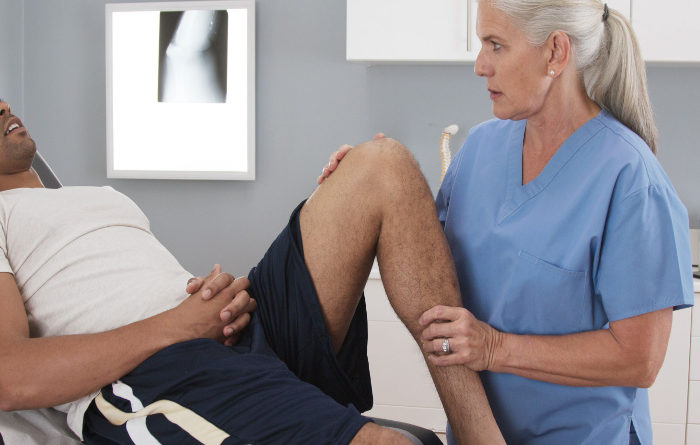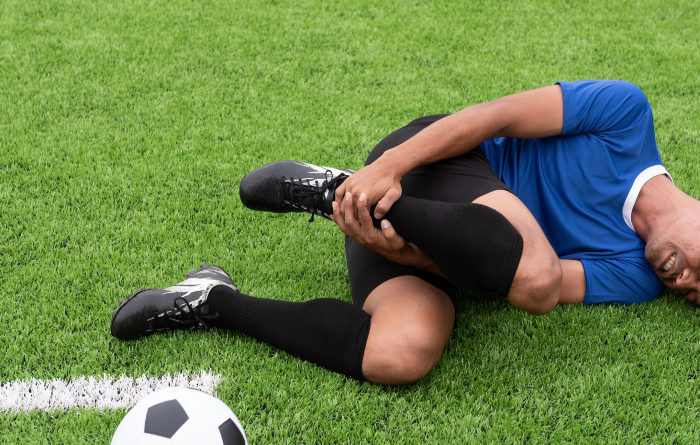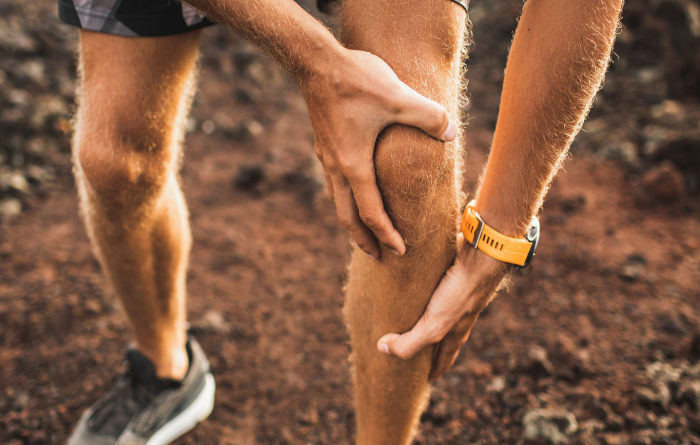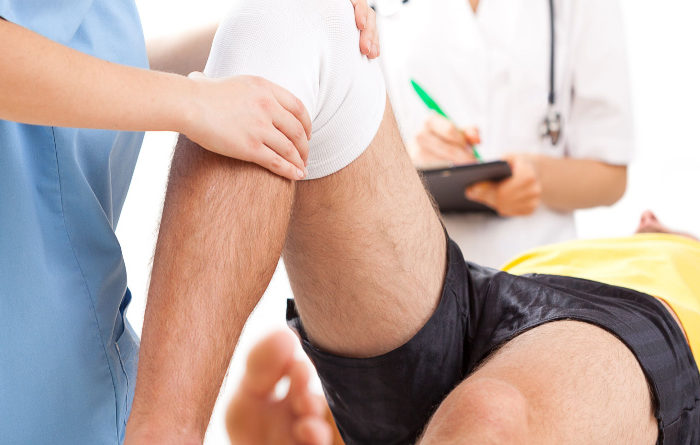The five most common reasons you may not be able to bend your knee: Pain Swelling Meniscus tears ACL tears MCL tears
The seven most common reasons you may not be able to straighten your knee: Pain Acute swelling Bucket handle tears of the meniscus Quadricep tendon tears Patellar tendon tears ACL tears Patellar or knee cap dislocations
If you cannot identify the mechanism of injury, or if your knee pain started after a minor injury, you can monitor your symptoms for 48 hours before seeking medical assistance. Seek medical attention quickly if your pain is caused by…
The seven most common reasons you may not be able to straighten your knee: Pain Acute swelling Bucket handle tears of the meniscus Quadricep tendon tears Patellar tendon tears ACL tears Patellar or knee cap dislocations
The medial collateral ligament (MCL) ligament is a ligament on the inside of the knee that connects the thigh bone to the shin bone in the lower leg. It provides stability for inward movements of the knee. The MCL is…
The lateral collateral ligament (LCL) ligament is a ligament on the outside of the knee that connects the thigh bone to the fibula in the lower leg. It provides stability for outward movements of the knee. The LCL is injured…
There are a couple of movements that you can perform to quickly screen your knee joints. If pain, popping, clicking, catching, or instability are experienced with these movements, you should follow up with your healthcare provider for further evaluation. Standing…
Meniscus tears can produce the following signs and symptoms: Pain Popping, clicking, and catching sensations Swelling Joint locking. The knee can become stuck in a certain position. Increased pain and sense of instability when twisting or pivoting on the involved…
ACL tears can produce knee instability and episodes of giving way. Continuing to walk on an unstable knee without support can increase the risk of injuring additional knee structures during an episode of instability. Attempting to quickly stop, change directions…
Surgery is typically performed after the initial swelling has subsided. Tearing your ACL can create knee instability that increases the risk of sustaining additional knee injuries. Recovering from an ACL injury is a long process, and it only becomes longer…









